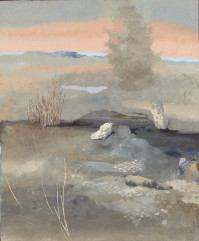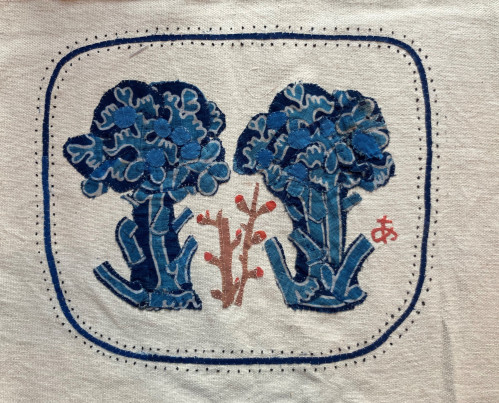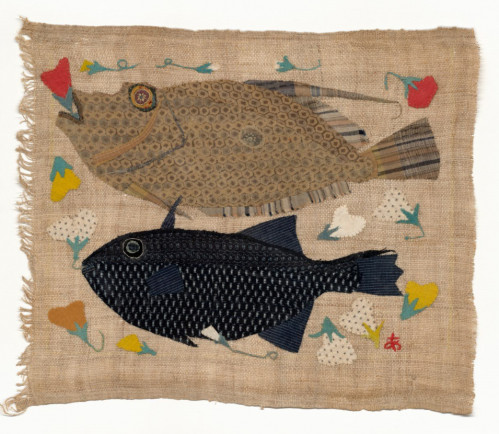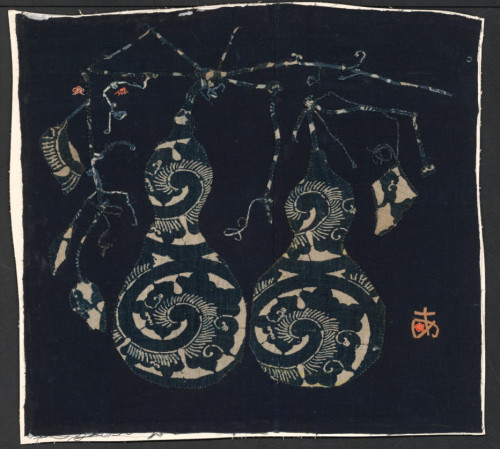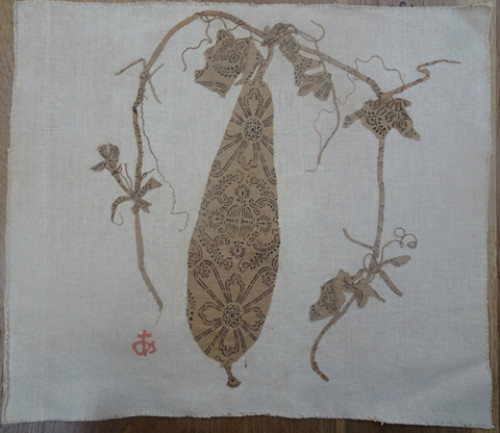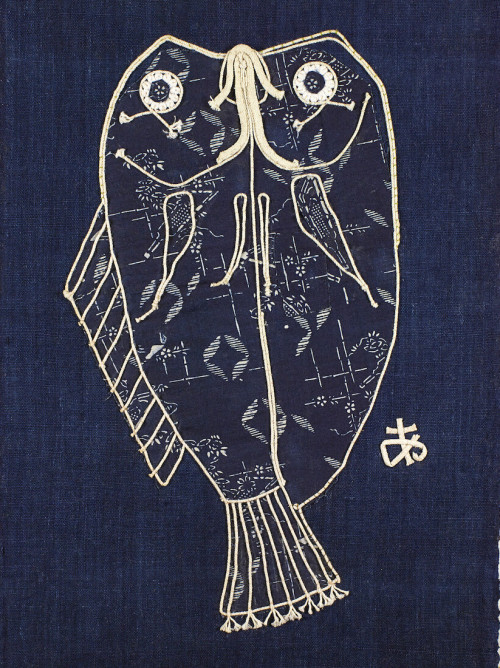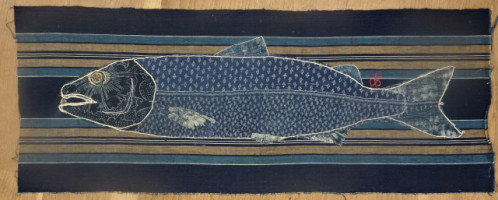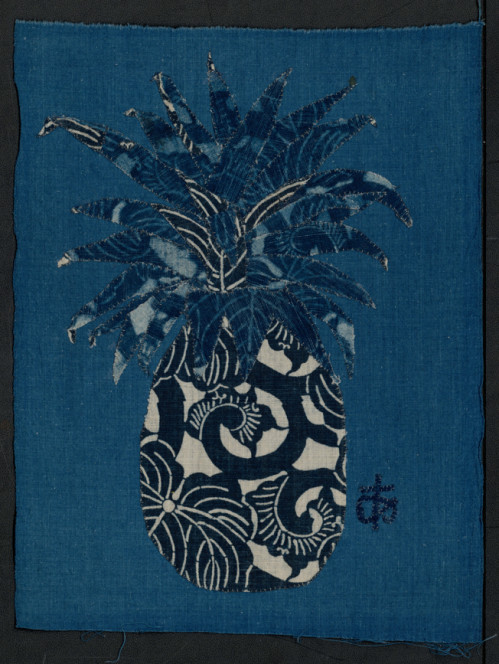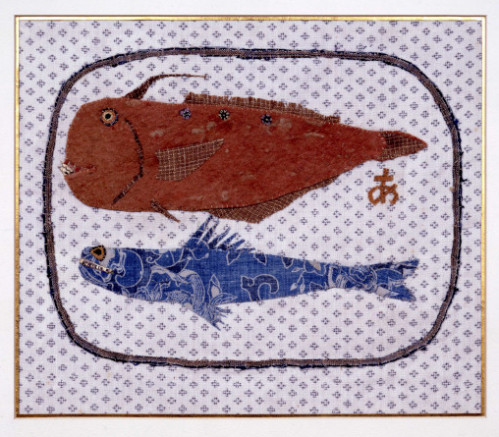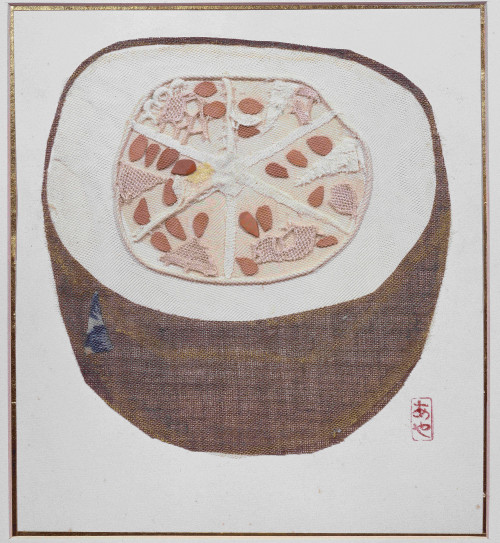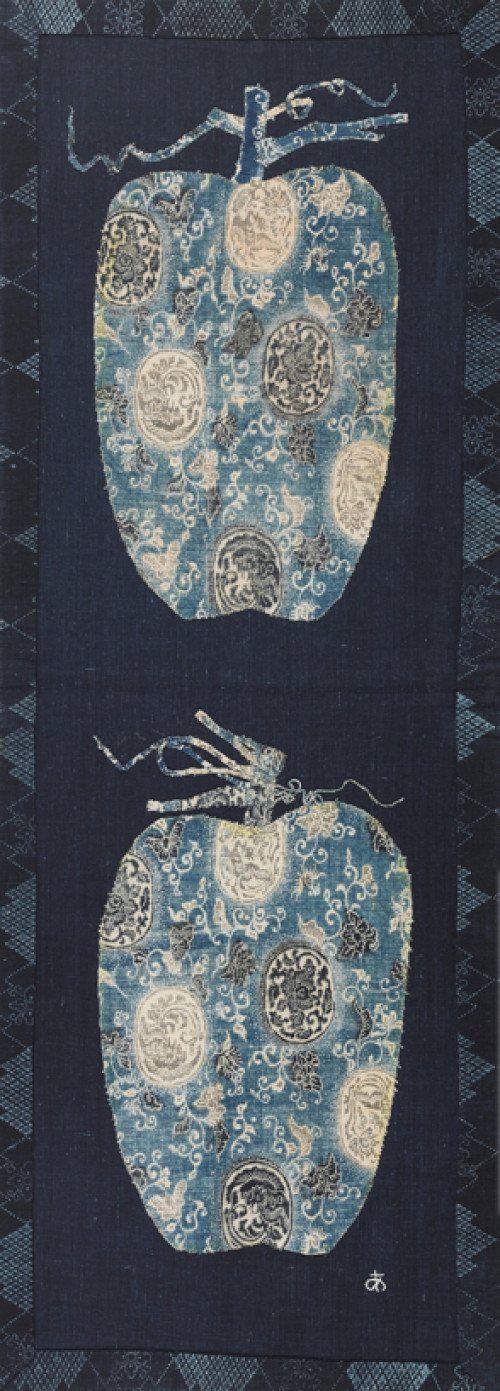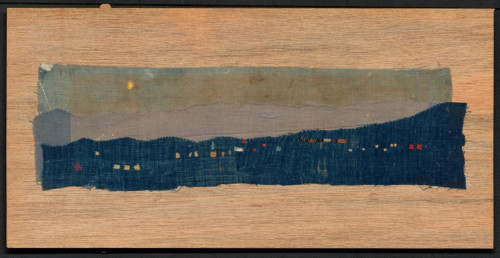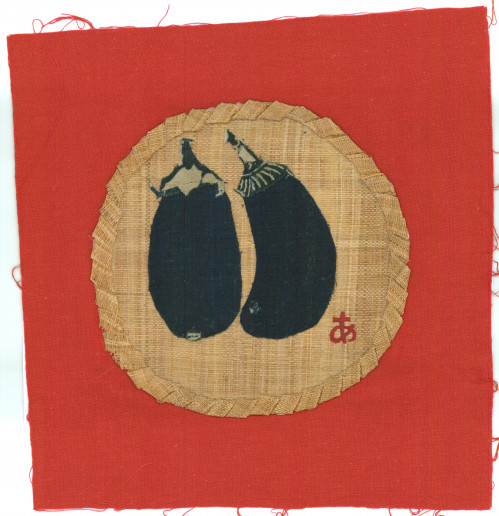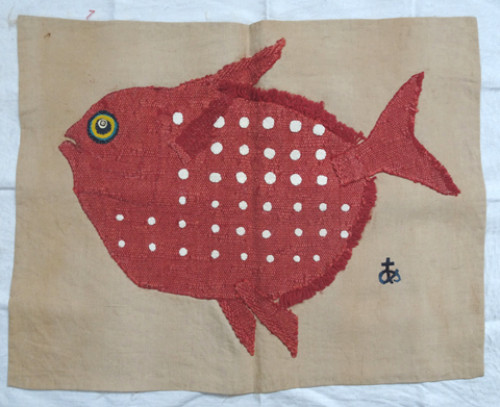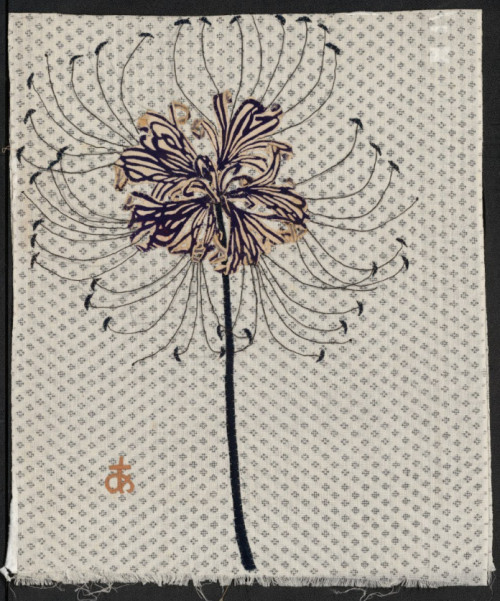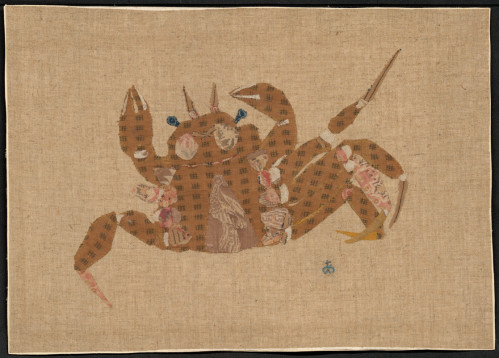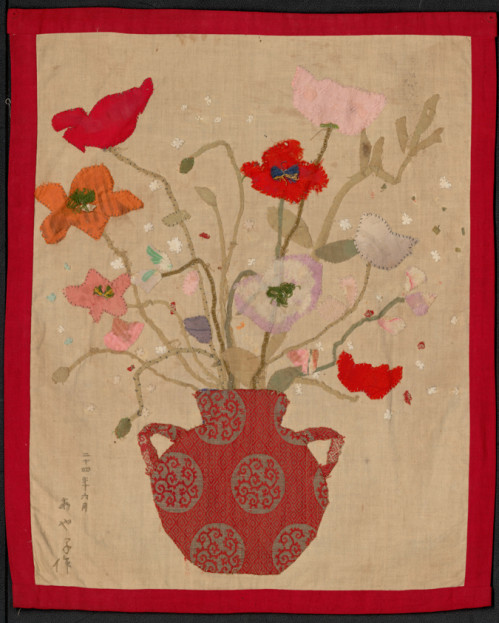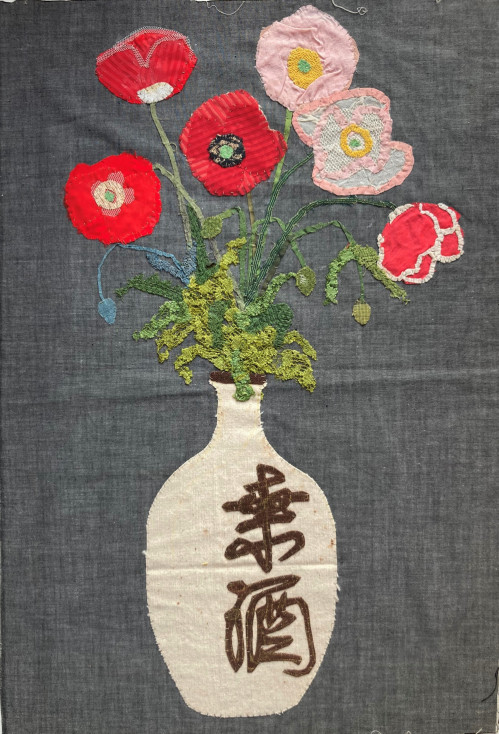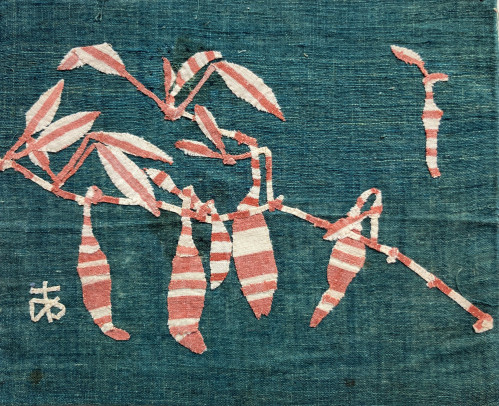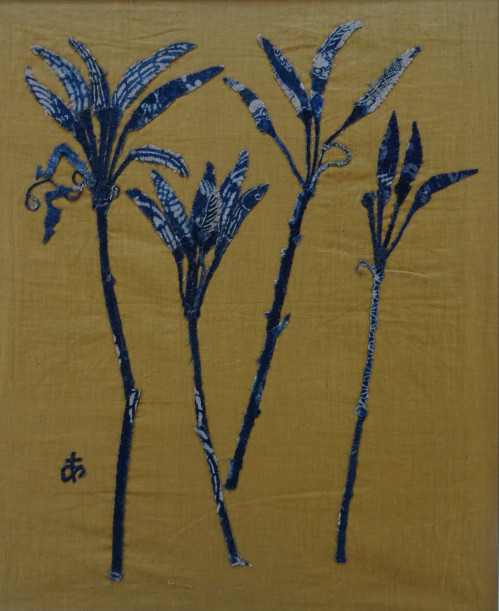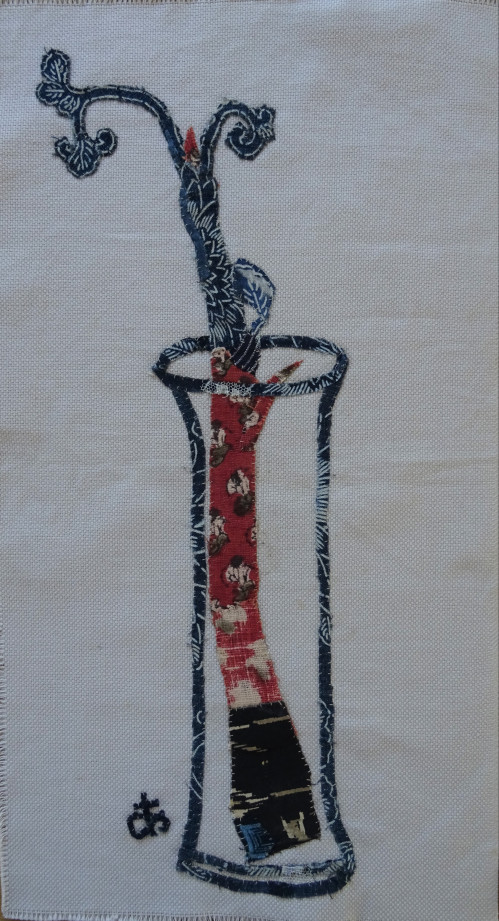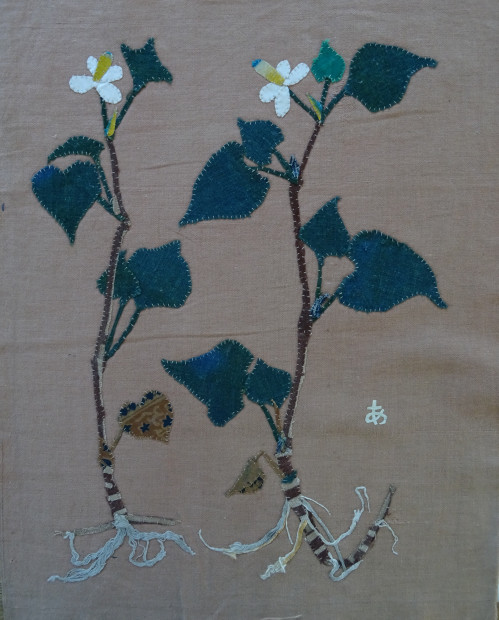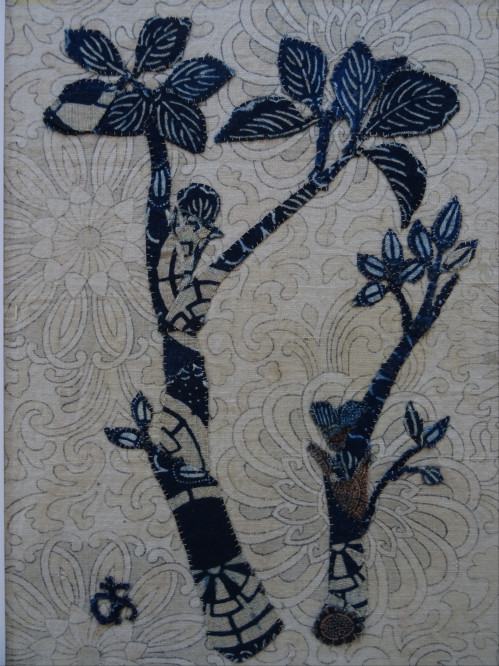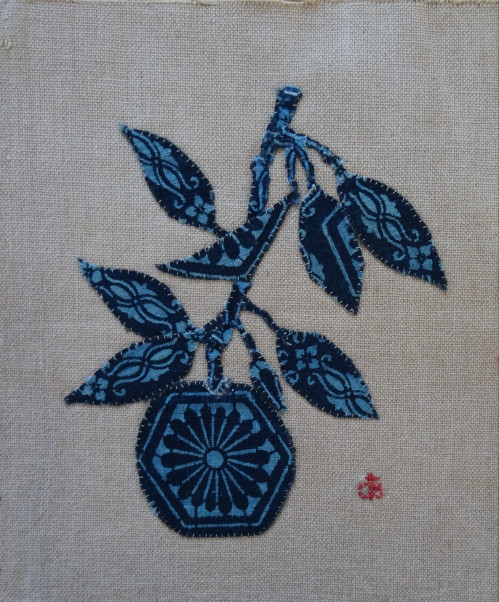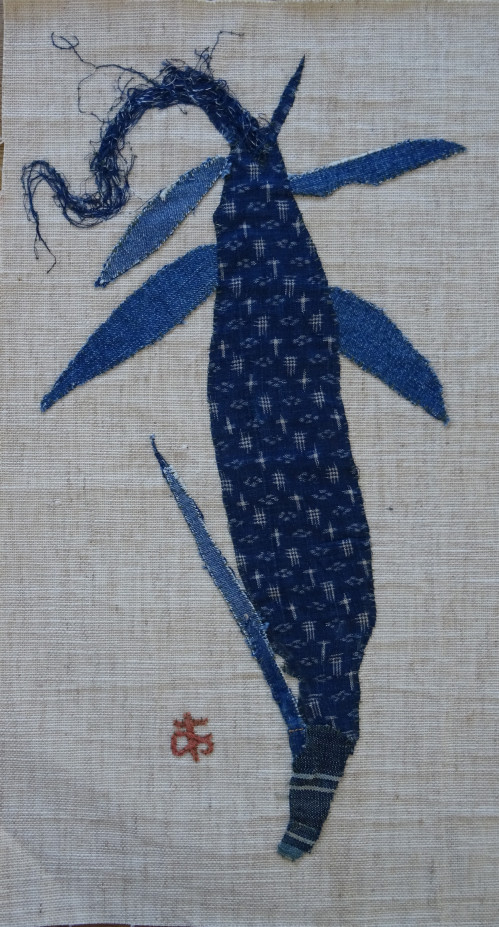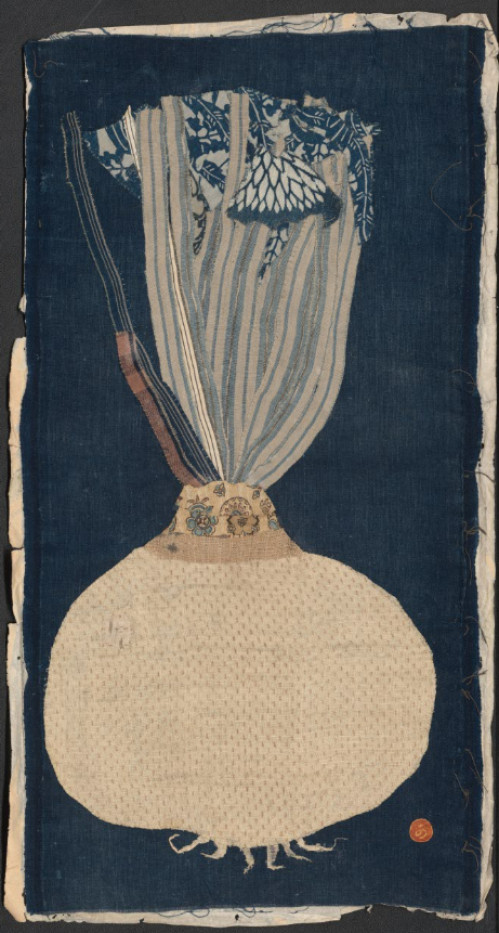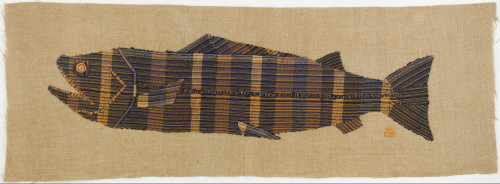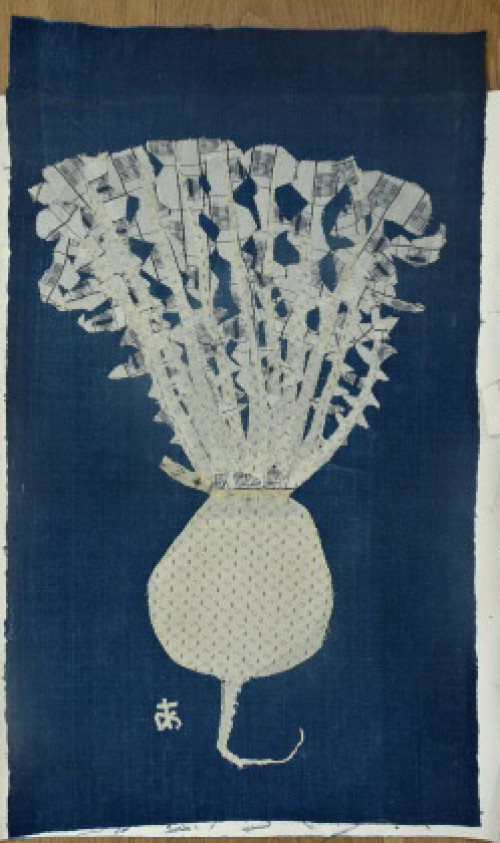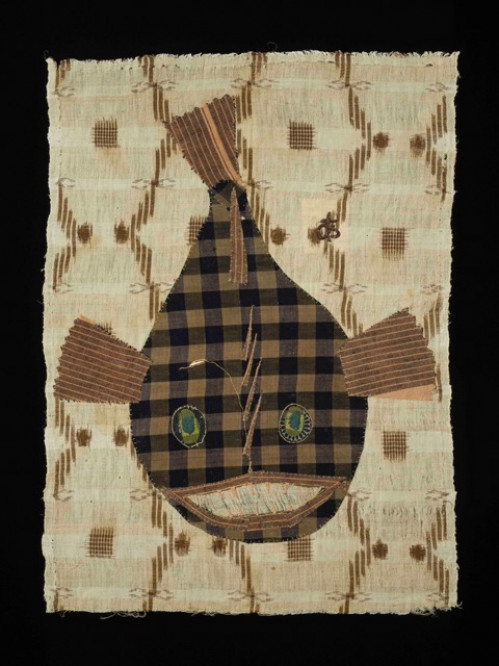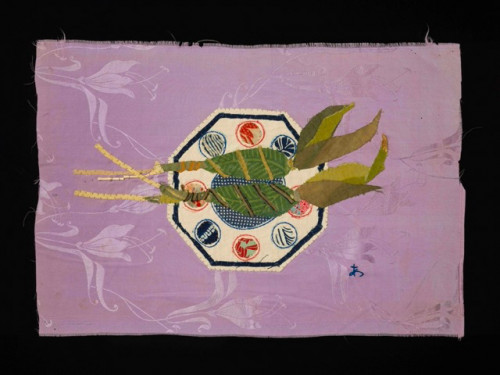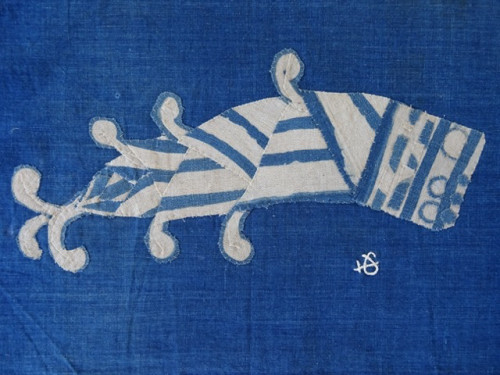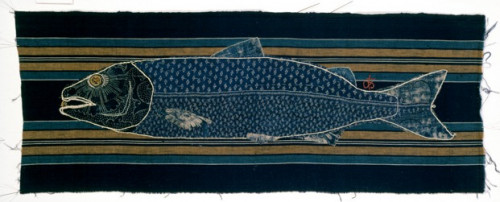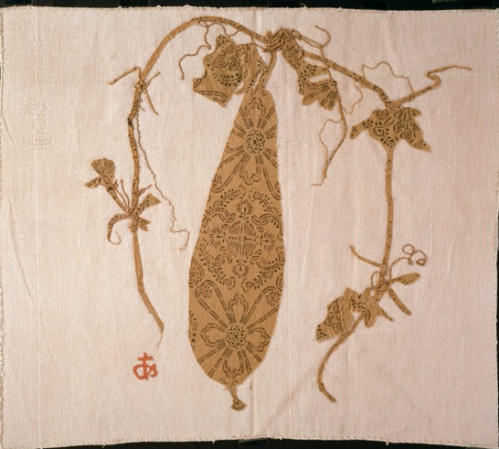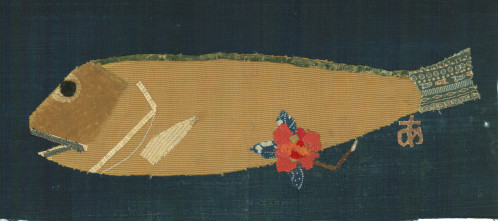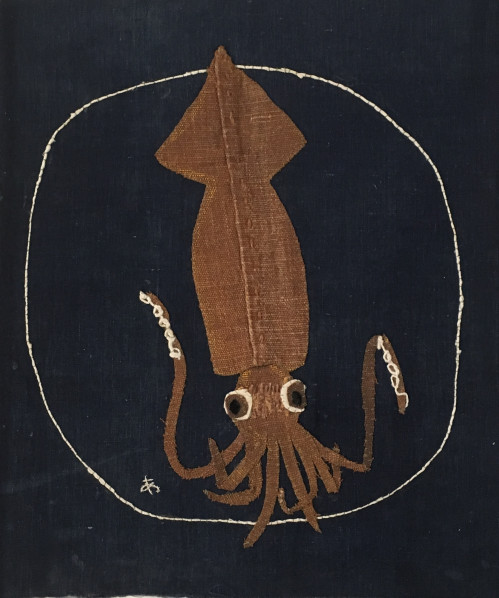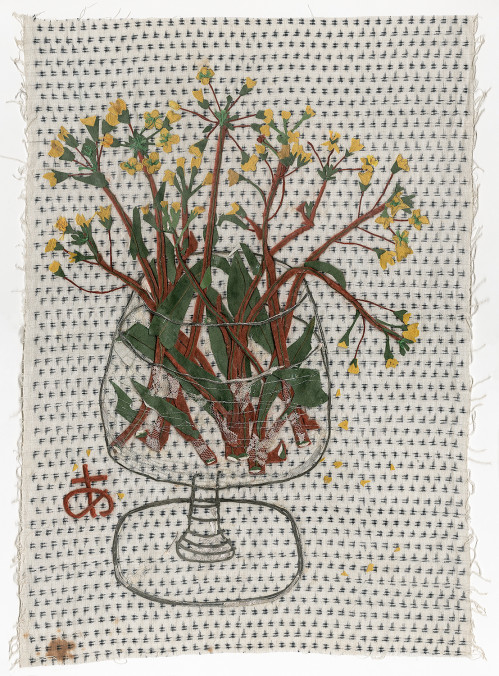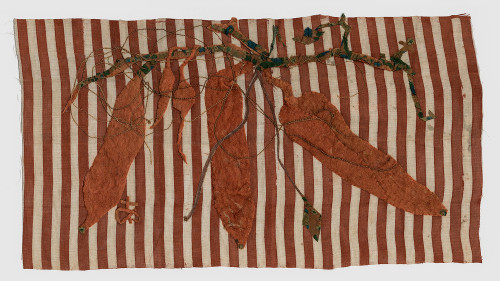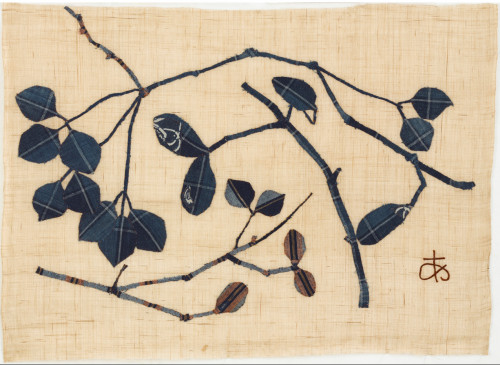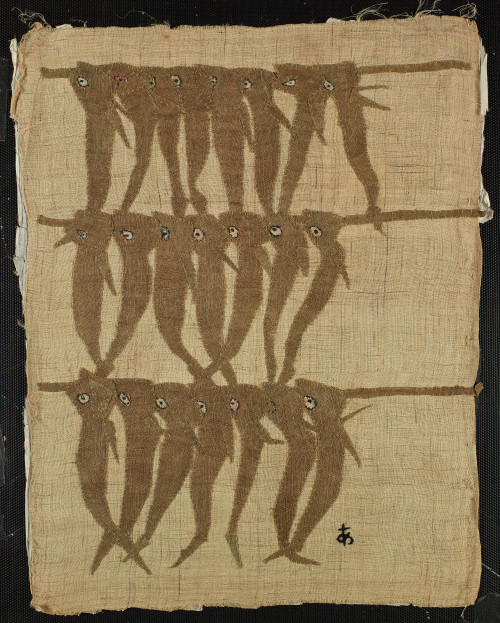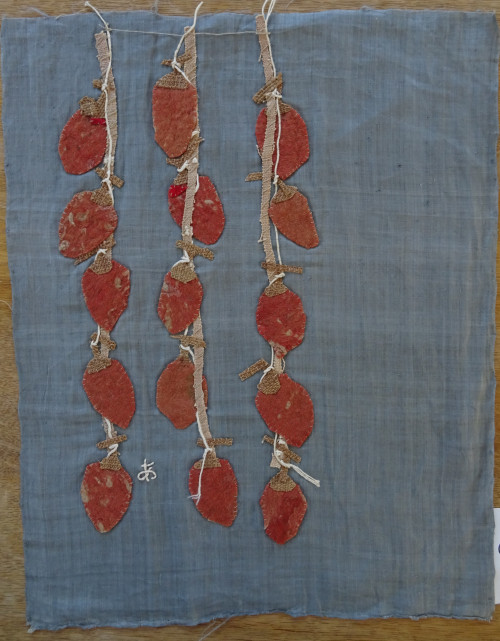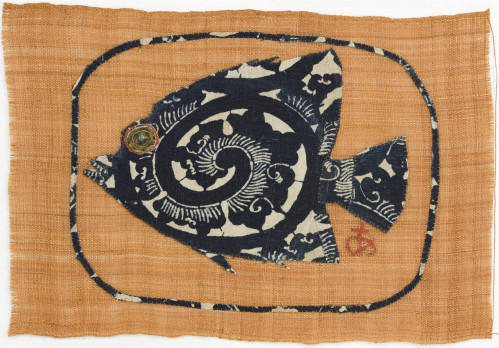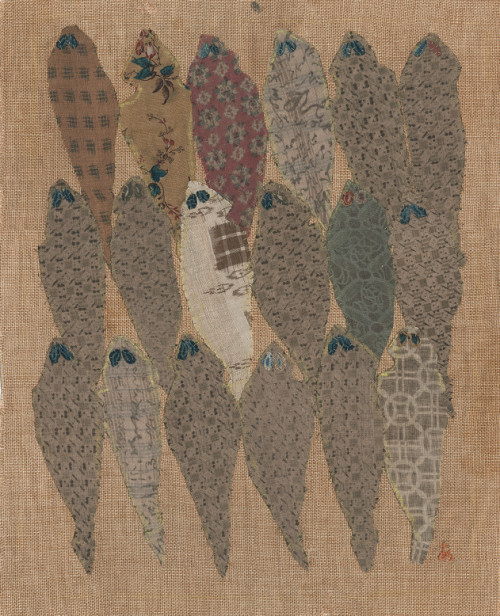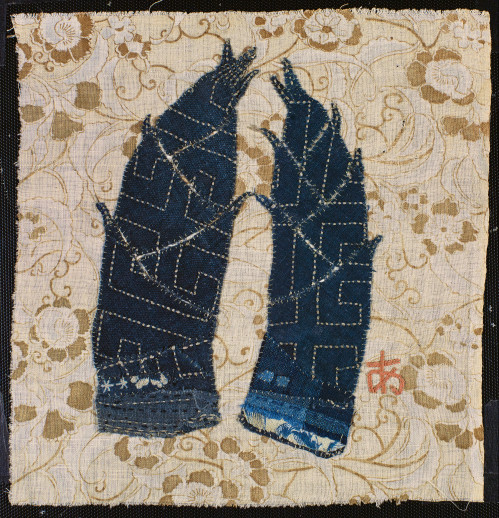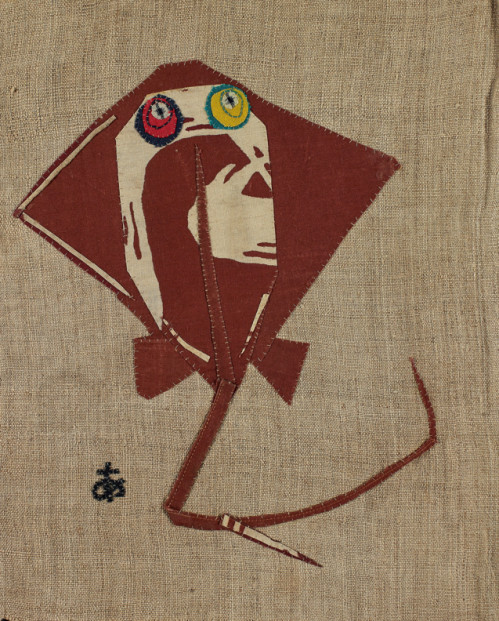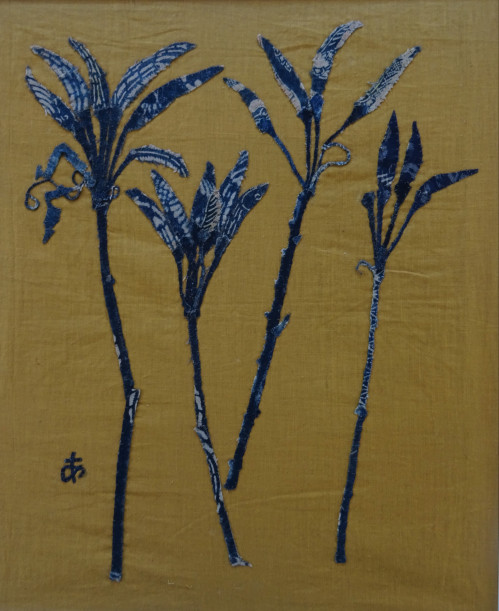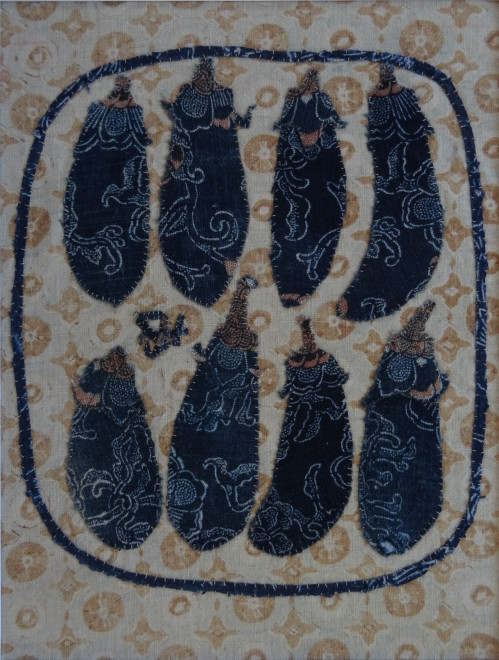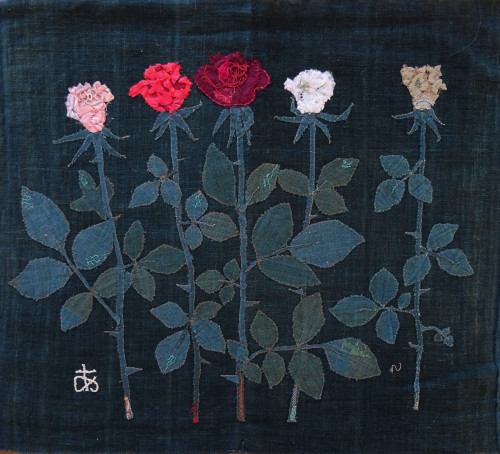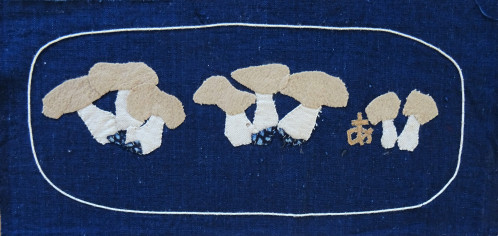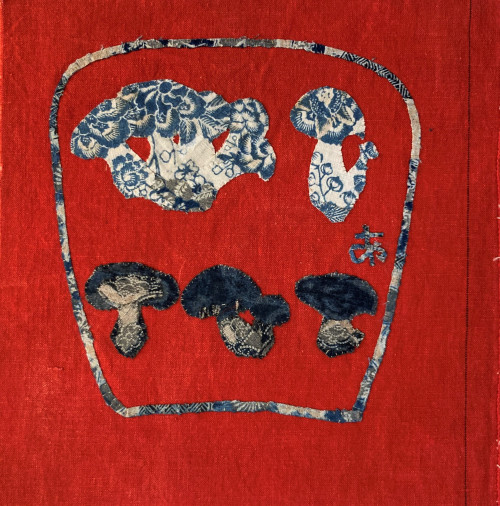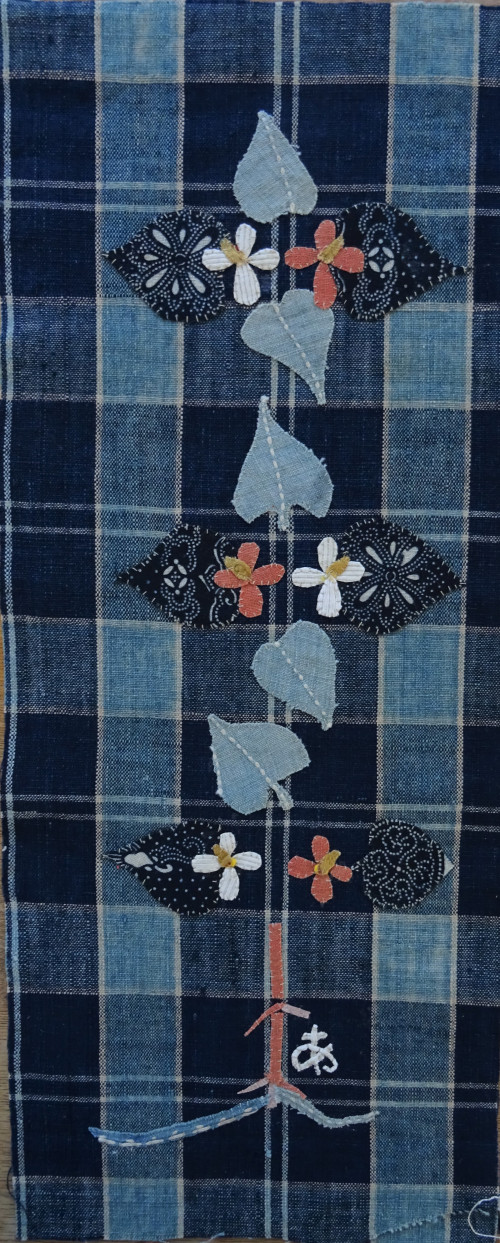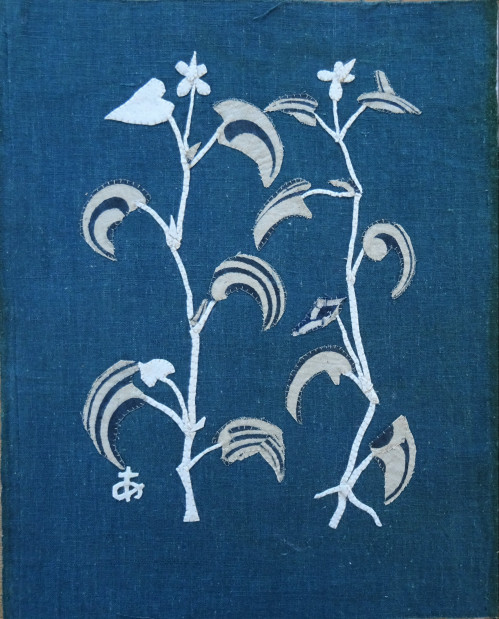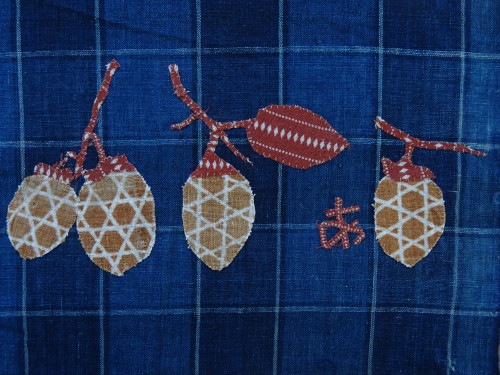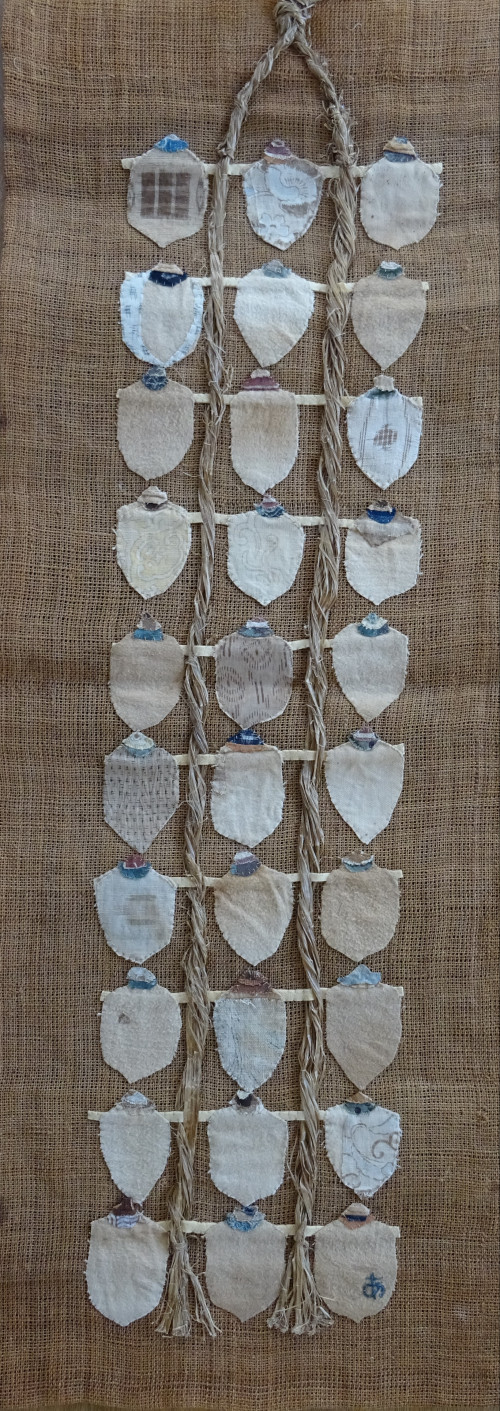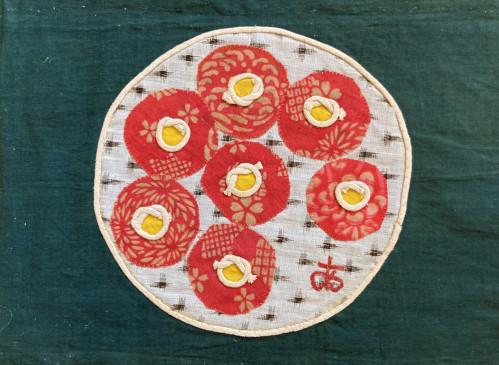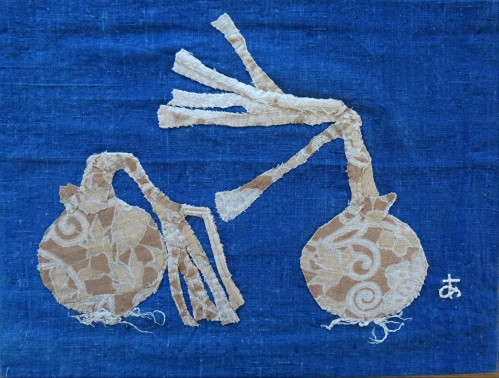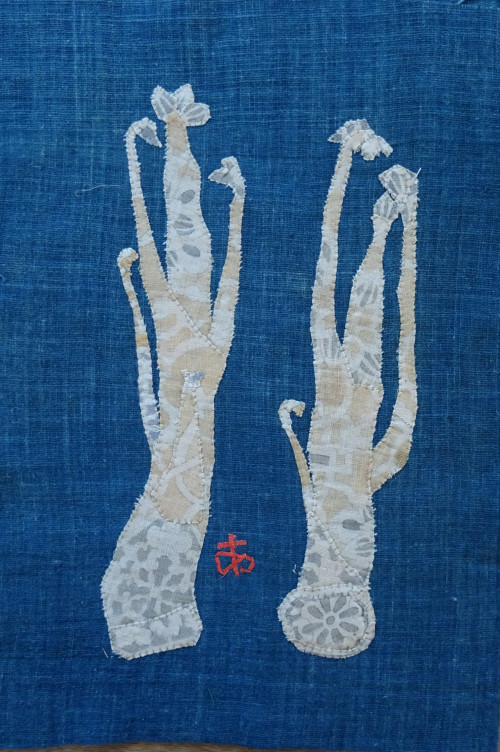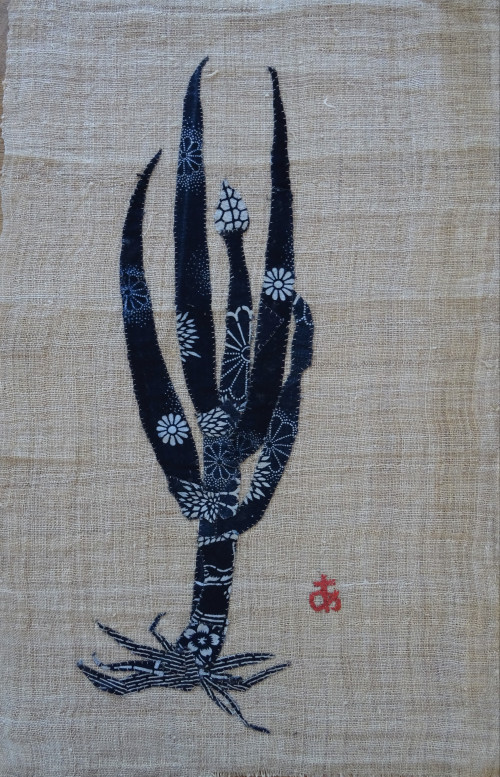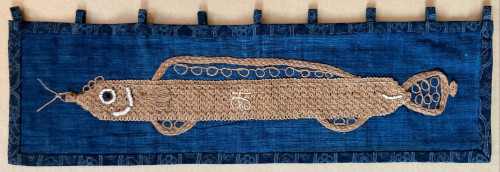Ayako Miyawaki
Ayako Miyawaki
Japan
1905 - 1995
Catalogues
Videos
Ayako Miyawaki is a Japanese artist. Married and mother of three children, she lived in Nagoya. Her husband, Haru Miyawaki, was also a painter, well inspired by Western portraitists.
In 1945, shortly after the Second World War, she initiated her artistic work. Once freed from the war she had to protect her children from, her need to create "something" emerged. Hence, she began to develop her skills, focusing towards "appliqué", a traditional textile technique. It consists in sewing different pieces of materials on a larger surface, in order to create a new shape gathering all of the deployed elements. To do so, she collected and received Japanese traditional cotton clothings that she dyed with colours such as Indigo, elaborting every piece of her work, examining throughly each unit of material to produce unique designs. The resulting shapes, to which she owes her sole sensitivity and intuition, were inspired by her daily life: vegetables, fruits, fishes, plants or flowers from her garden.
Appliqués artworks, although very popular in Japan at the time, drew from preexisting patterns, commonly used by any appliqué maker. Ayako's designs were, for her part, observed in nature, using everyday life materials. Putting all her energy and attention searching a fun and simple artistic expression, the aesthetic of her works resides in the appreciation of the beauty of the daily life, inherant to Japanese culture. Each piece carries her signature, sewn in the shape of a Japanese A, « あ », which represents the first letter of her name. It also conjures up the interjection "Ah!", highlighting the joys of creating what she used to call herself an art of "wonder".
In 1950, her first exhibition was inaugurated in a shop in Nagoya, which presented her pieces. From that moment on, the public whether amateur or expert, began to keep a close eye on her work. In 1988, the Asahi Shimbun - a famous national daily newspaper - helped her organise exhibitions across Japan. She eventually gained recognition outside the borders of her own country and showed her work in the United States, at the National Museum of Women in the Arts of Washington in 1991. She passed away in 1995. However, her notoriety and the keen interest for her work shared by amateurs remains. The major part of it is currently held by the Museum of Toyota, which dedicated her a memorial room.
artworks
textile art
videos
catalogues
